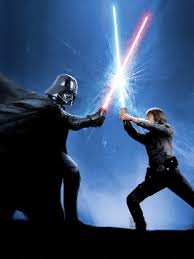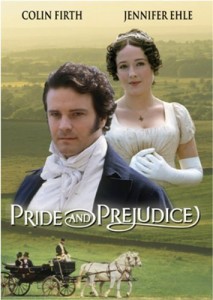A few years ago, the blogosphere was all atwitter concerning the story of Mandy DeGeit, a new author who discovered the story she submitted to an anthology wasn’t the same as the story that was published under her name. The “editor” had added in minor items like a suggestion of a rape, animal abuse, changing an ungendered character to a boy, and even introducing spelling errors on the title. Heavyweights like Neil Gaiman and Jonathan Maberry waded in to give their take on the carnage.
Authors who have been around the block a time or two have watched these kinds of publishers come and go, watching the cycle repeat itself every so often. Just like the emails that proclaim you’ve inherited a few million dollars from an unknown relative who lived in Nigeria, these scams and otherwise questionable practices keep resurfacing to ensnare the unwary.
The way to protect yourself and avoid unnecessary conflict is to take the time to do a thorough background check of your potential publisher. In order to do this you have to separate your ego from your business instinct. Receiving an email from a publisher that says they want to publish your story is a heady experience. You’ve bled yourself dry, spending untold hours crafting your novel. It sure would be nice to receive some compensation by seeing your name on a cover. The problem is it can end up costing you time, money, your novel, and even your reputation.
There are several well-known websites you should visit when you’re interested in a publisher. AbsoluteWrite is a good place to start (http://absolutewrite.com/forums/index.php). Their forums are full of first-hand experience when dealing with most publishers, both good and bad. There are cases where a well-respected publisher lost their way, such as Dorchester/Leisure. If the forum threads span multiple pages, make sure you read the last two or three to see what’s new with a publisher. If you see one or two complaints, but otherwise positive feedback, that publisher is a decent candidate for your novel.
Once your visit to the AbsoluteWrite water cooler is complete, stop by the Writer Beware blogs (http://www.sfwa.org/for-authors/writer-beware/). This project is a public service offered by the Science Fiction and Fantasy Writers of America (SFWA). They don’t pull punches, and they do their best to give as much detail as possible. The blogs and forums are filled with experience for you to gather and consider.
Our next stop is Predators and Editors (http://pred-ed.com/). This website contains so much information about bad presses that they’ve been sued several times. Additionally, they have whole sections on similar topics, including agents, magazines and organizations.
Just to be thorough, you can always visit the Better Business Bureau (www.bbb.org) and Ripoff Report (www.ripoffreport.com) to see if there are business complaints unrelated to authors. Things to watch for include complaints that books were not received and complaints of unpaid bills from suppliers.
After digesting these sources, and assuming you still wish to continue researching, I personally recommend doing a couple of custom Google searches.
+“QuestionablePressName” +(sucks|scam|warning)
The above search string should return any pages that have your potential publisher and the words “suck” or “scam” or “warning”.
At this point, you’re either putting stamps on a manuscript package or thanking your lucky stars that you avoided a scam. Hopefully it’s the former, and you’re on your way to not only being published, but being published well.






